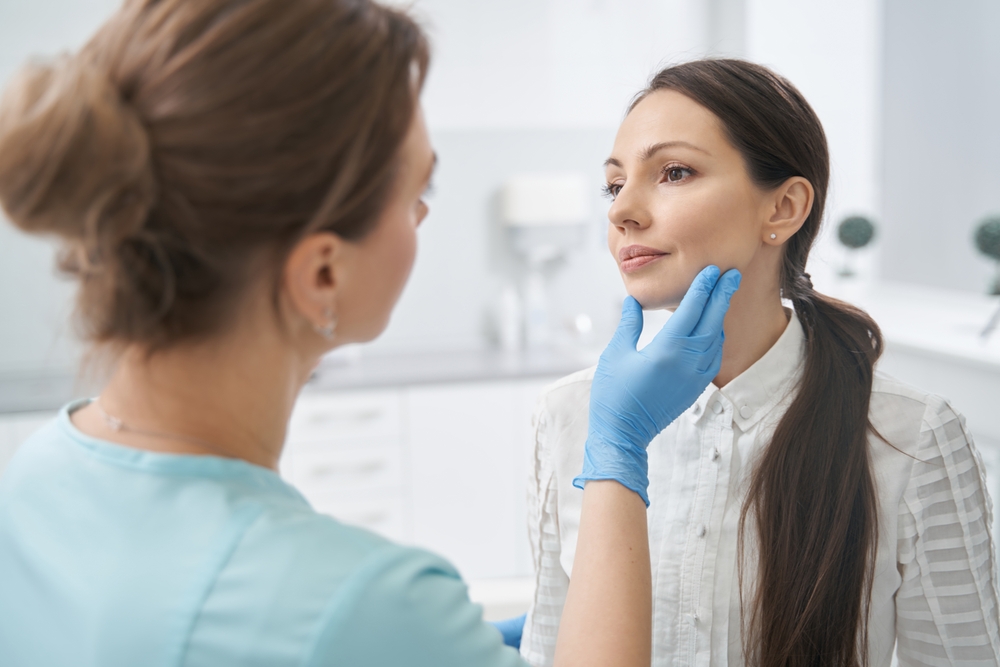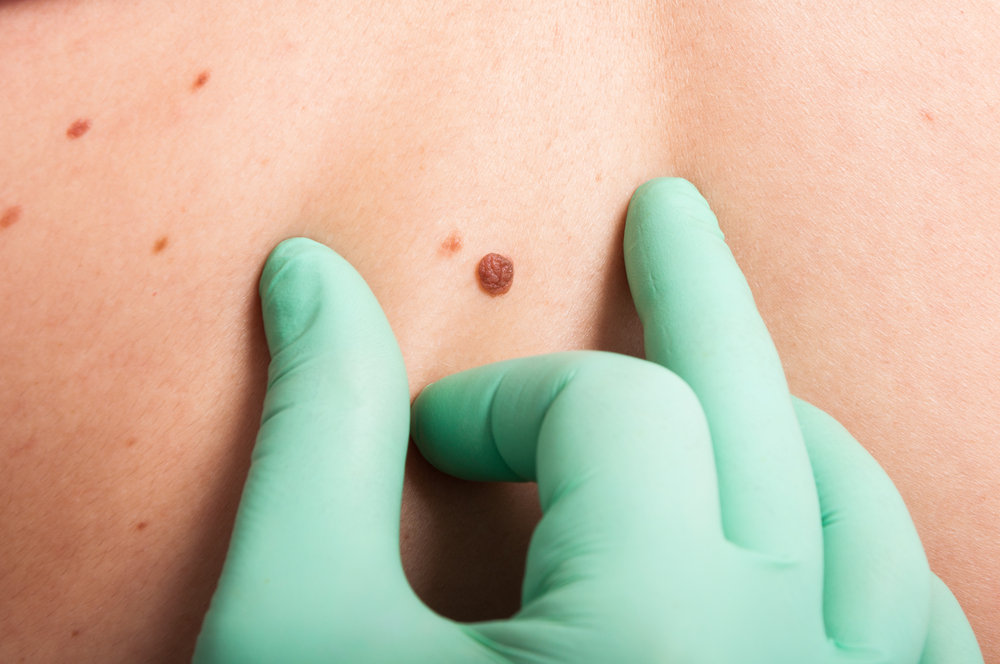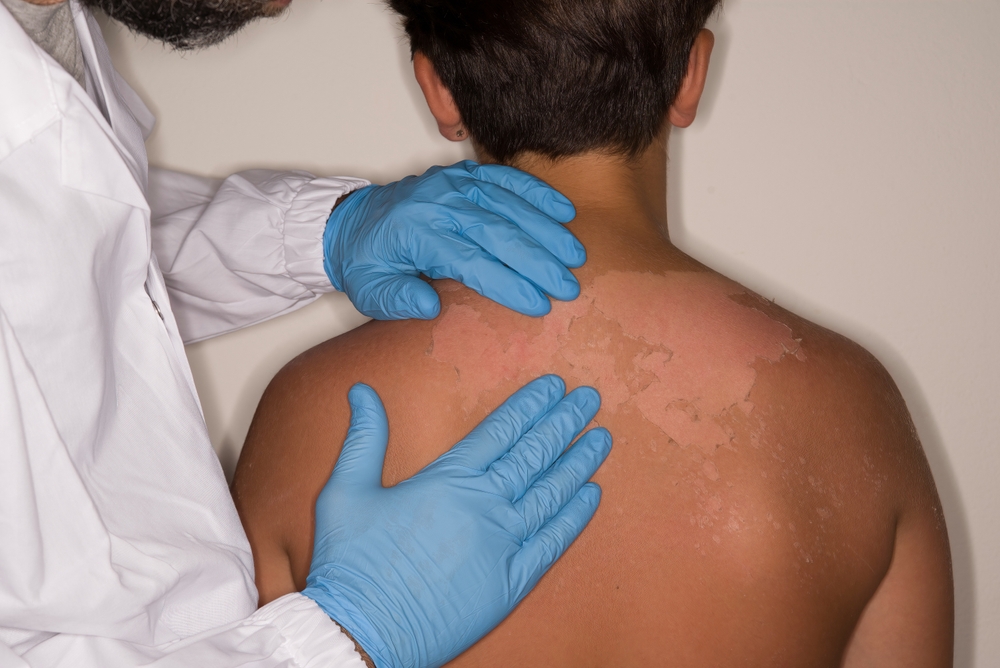Figuring out what dermatology procedures are covered by insurance can be confusing. It’s not always a simple answer. With rising healthcare costs, understanding how insurance applies to your dermatological needs is crucial. This post will help you navigate the complexities of insurance coverage, empowering you to make informed decisions about your skin health and finances.
If you’re in need of professional skin care services, consider reaching out to the experts at Abington Dermatology, who are renowned for their comprehensive and personalized treatments.
Medical vs. Cosmetic Dermatology: A Key Distinction
Before diving into insurance coverage, it’s essential to understand the difference between medical and cosmetic dermatology. Medical dermatology focuses on diagnosing and treating conditions affecting your skin’s health, such as acne, eczema, and skin cancer.
Cosmetic dermatology, on the other hand, aims to improve your skin’s appearance through procedures like Botox, fillers, and chemical peels. Whether a procedure is covered depends on whether it is deemed “medically necessary,” underscoring the importance of this distinction. Additionally, the extent of your out-of-network benefits may vary based on your health plan’s summary.
What Dermatology Services Does Insurance Typically Cover?
Health insurance generally covers medically necessary dermatology services that address conditions impacting your physical health. These include:
Acne Treatments
Coverage for acne treatment often depends on severity and your specific insurance plan. Treatments such as topical medications and oral antibiotics may be covered. For more severe cases, isotretinoin or medically necessary chemical peels might also be included.
Eczema and Psoriasis
Insurance typically covers treatments for chronic conditions like eczema and psoriasis. This includes topical creams, phototherapy, and systemic medications. In severe cases, prior authorization may be required.
Skin Cancer Screenings and Treatment
Insurance plans almost always cover skin cancer screenings and treatments. Annual screenings promote early detection, while medically necessary procedures like biopsies, mole removal surgeries, or ongoing cancer care are also covered. Removal of benign lesions, however, might not be included unless they are painful or impair daily functions.
What Dermatology Procedures Are Typically Not Covered by Insurance?
Cosmetic procedures, which focus on improving appearance rather than health, are generally not covered by insurance. Be prepared for out-of-pocket expenses for the following:
Botox and Fillers
These treatments primarily target wrinkles and facial volume loss, making them ineligible for coverage. While they may have emotional benefits, most insurance companies classify these as cosmetic.
Chemical Peels and Microdermabrasion
Procedures like chemical peels and microdermabrasion, aimed at enhancing skin texture and tone, are also not covered. In some cases, however, chemical peels may be partially covered if they are part of a medically necessary acne treatment plan.
Laser Hair Removal
As a purely cosmetic procedure, laser hair removal for reducing unwanted hair is not covered by insurance.
Understanding Out-of-Pocket Costs for Covered Dermatology Visits
Even when insurance covers medically necessary treatments, expect some out-of-pocket costs. These can include:
- Deductibles: The amount you pay before insurance starts covering treatments.
- Co-pays and Coinsurance: Fixed fees or a percentage of the treatment cost after meeting your deductible.
- In-Network vs. Out-of-Network Costs: Visiting in-network providers minimizes costs, whereas out-of-network visits may increase expenses.
How to Determine Your Coverage and Navigate the Process
Navigating insurance policies can feel overwhelming, but these tips can help:
- Review Your Policy Documents: Check for specifics about covered dermatology procedures.
- Contact Your Dermatologist’s Office: They can help clarify billing and payment options.
- Utilize Online Physician Finders: Tools from insurance companies can help you locate in-network dermatologists.
Penn Dermatology Specialists offer top-notch acne scar removal services in Bucks County and Southampton, PA, helping patients regain their confidence with clear, healthy skin.
Navigating Affordability Challenges
If a needed procedure isn’t covered, or you lack insurance, consider these affordable options:
- Community Health Clinics: Offer reduced-fee services for qualifying patients.
- HSA or FSA Funds: Use pre-tax savings for eligible medical expenses.
- Payment Plans: Many dermatologists provide flexible payment options to make treatments more accessible.
Conclusion
Understanding what dermatology procedures are covered by insurance can seem daunting, but it’s manageable with the right knowledge and resources. Reviewing your policy, prioritizing in-network providers, and seeking clarity from dermatology offices can help you take control of your skin health and finances.
Ready to improve your skin’s health? Contact Penn Dermatology Specialists today to schedule a consultation. Our team is here to guide you through treatment options and insurance navigation, ensuring the best care for your needs.











